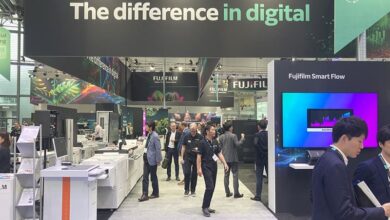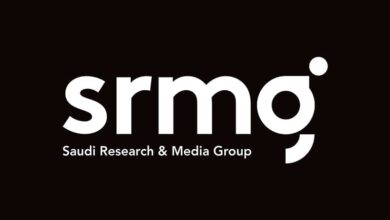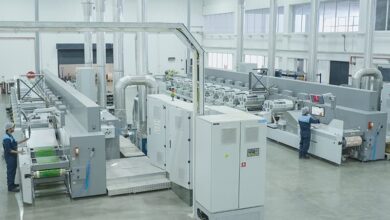Resource saving and digital printing can shape a new future
Fujifilm is focusing its efforts on two areas to achieve value from innovation in the print industry. The first is the company’s world leading inkjet technologies, brought together at drupa 2016 under a new brand name ‘Fujifilm Inkjet Technology’, to deliver quality, productivity and performance. The second is a focus on its conventional technologies, products and services to optimise traditional print processes, provide resource savings and improve profitability, and in the process help printers minimise their environmental impact.
Superia ZD processless plate
The new Superia ZD plate has developed for resource savings in material, labor, energy, environment and water, making it suitable for the latest UV press technologies including LED-UV and H-UV printing. The Superia ZD processless plate incorporates three new technologies — MGZ, HDN and s-HDS.
MGZ is a new graining structure, which has been added to Fujifilm’s MGV technology used in the Superia PRO-T3 plate, to ensure the optimum ink/water balance on press. This new plate structure enhances the adhesion between the substrate and the exposed image, further improving the robustness of the plate during printing. In order to ensure compatibility with UV inks, a new accelerator has been introduced. As a result, optical energy is used to cross-link the binders to produce a high density network (HDN). This HDN technology ensures the exposed image has a higher resistance against UV inks and related press chemicals. Fujifilm’s newly developed s-HDS technology optimises the water holding properties of the surface of the non-image area. This enhances the resistance to toning and improves ink/water balance while retaining the fast on-press development characteristics of Superia PRO-T3.
Water-based ink development for flexible packaging
Fujifilm is commercialising various inkjet related products under the Fujifilm Inkjet Technology brand and has introduced the B2 size digital press, the Jet Press 720S, originally made for commercial printing in the graphic arts industry.
According to Fujifilm, the trend for short-runs, high-mix and quick turnarounds is ever-increasing in the packaging sector, and traditional analogue printing, the mainstream in the flexible package field, faces difficulties regarding turnaround, cost and environmental performance. This has led Fujifilm to further develop the technology used in the Jet Press 720S to create an ink technology for water-based inkjet capable of inkjet printing on flexible packaging film.
The bleeding of inkjet ink is an issue in the non-absorbent film substrates used in the flexible packaging, but the application of ‘Rapic technology’ created during the development of the Jet Press 720S enables an ink droplet to retain its stability where it has landed, and clear image reproduction is made possible by combining with proprietary undercoating technology. The company claims that the combination of these technologies with Fujifilm’s high-definition Samba printheads has achieved productivity of more than 30 metres per minute while printing at 1200dpi high-definition, in full color, enabling compatibility for digitalisation for the reverse printing of flexible packaging.
Acuity 3200R LED UV inkjet printer
The Acuity LED 3200R roll printer builds on the flexibility of the Acuity LED 1600 II UV inkjet printer, launched in 2015 and the original Acuity LED 1600, introduced in 2012, extending the print width up to 3.2m and achieving a top speed of 110sqm per hour. The printer features eight ink channels as standard (cyan, magenta, yellow, black, light cyan, light magenta, white and clear) and utilises Fujifilm’s Uvijet ink range.





